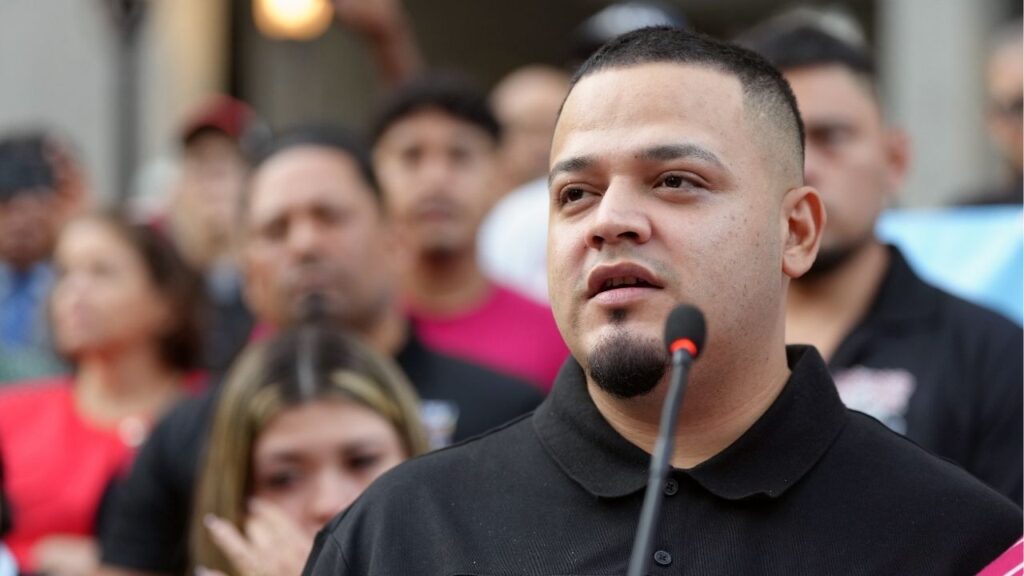Share
Daylight saving time is a scam.
First proposed by Ben Franklin (with tongue firmly in cheek) in 1784 as a way of conserving candlepower, DST does not save any energy or produce any other measurable benefits, but does, in fact, impose real costs on many people around the world, forcing them for no good reason to move their clocks and watches back and forth by one hour twice every year.

Opinion
William F. Shughart II
“Springing forward” became a way of life in the United States during the energy crises of the 1970s. DST supposedly would save energy and reduce reliance on oil imported from unfriendly nations in the Middle East because people returning home from work would not have to turn on their lights until sunset one hour later than standard time.
Railroads Set the First Time Zones
Standard time and the four U.S. time zones, it should be emphasized, were not decreed by government, but were established by the railroads early on to coordinate train departure and arrival times. Today, however, time-zone boundaries and DST’s scheduling are regulated by the Department of Transportation.
Daylight Saving Time Hurts Our Health
Because changing clocks in either direction disrupts our circadian rhythms, evidence of adverse effects on human health has been accumulating for the past decade or so. Heart attacks spike in the week after the start and end of DST. Traffic accidents increase after the twice-yearly ritual of time changes, especially in the fall when standard time resumes and drivers must adjust to commuting home in the dark. People are less productive on the job in the days after DST begins.
It is ludicrous to think that DST makes an extra hour of natural light available to anyone. Depending on the season and distance from the equator, the sun shines the same number of hours per day no matter where your clock’s hands point or what its digits display. That simple observation undermines the old saw crediting DST to farmers. Livestock do not wear watches and do not awake to alarms.
Smartphones are programmed to adjust automatically to DST’s beginning and end, but many watches and clocks must be reset manually. Having to do so twice a year is a complete waste of one’s time.
DST’s current schedule in the United States was established by the Energy Policy Act of 2005, which extended summer time from the second Sunday in March to the first Sunday in November, shrinking “standard time” to just four months of the year.
Arizona & Hawaii Do Fine Without ‘Springing Forward’
People living in Arizona, Hawaii and the U.S. territories get along just fine without submitting to the bullying of “springing forward” and “falling back.”
Some people seem to like DST; others prefer standard time. I’m indifferent, but the best option would be to pick one and stick to it.
Let’s hope that 2018 is the last year we lose an hour of sleep to “save” an hour of sunlight at the end of the day.
About the Author
William F. Shughart II is research director of the Independent Institute and is J. Fish Smith professor in public choice at Utah State University’s Huntsman School of Business. He wrote this for InsideSources.com.
Categories

Fresno County Firefighters Contain Reedley House Fire


















